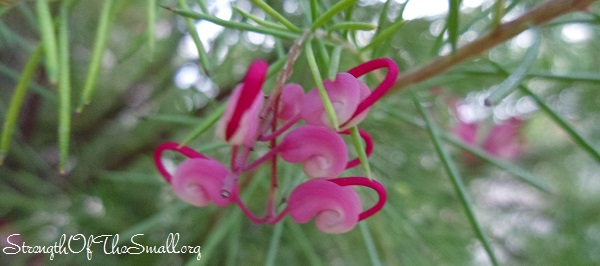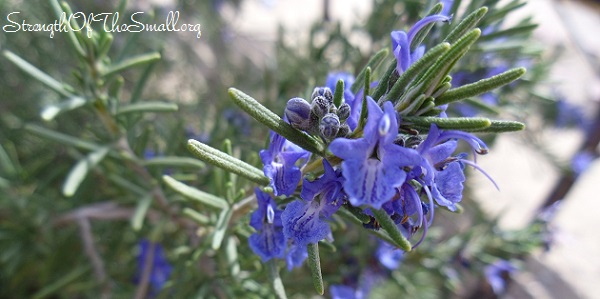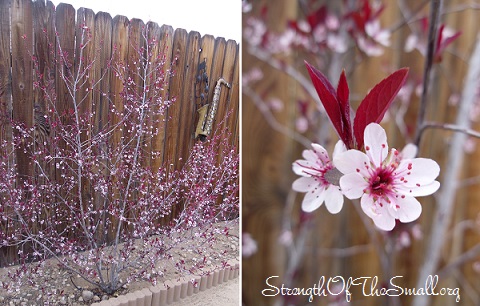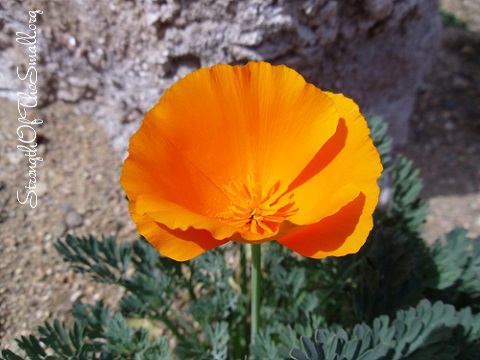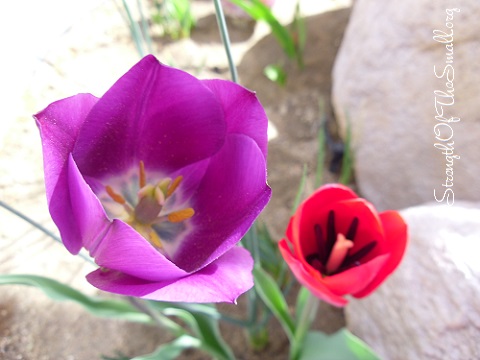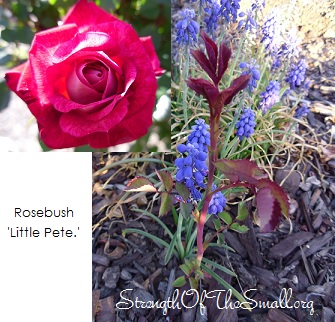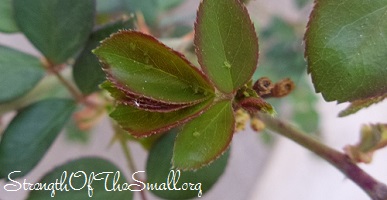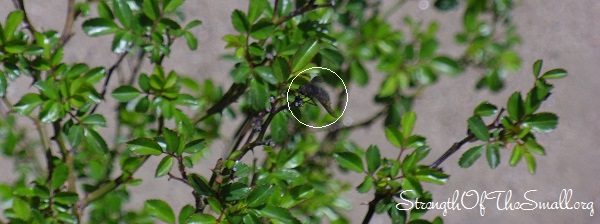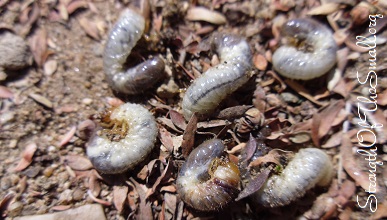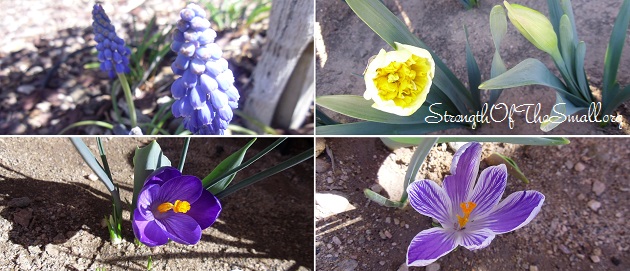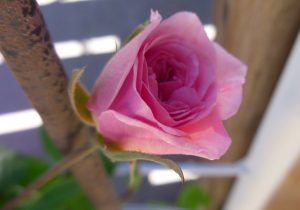When it comes to garden edging the possibilities are endless to meet your needs. You can choose from Plastic, Bricks, Rocks, Boulders, Bamboo, Wrought Iron/Metal, Bottles, Wood, Plates to Concrete and so much more.
Those with limited to no budget can look around their property for garden edging ideas. Do you have scrap wood, dead branches, pine cones, rocks or decorative bricks lying around in your yard? If you do, by all means put them to use. Those of us with trees of all types around our properties know that Nature has a way of stressing them to the breaking point such as:
» The weight of ice and snow
» Strong winds
» Dead branches
» Lack of nutrients
» Old age
» Plant disease (fungal infections), … etc!
What can we do with a fallen branch or a broken tree? For one, we can safely remove the fallen branch and dispose of it and/or contact an arborist to remove the fallen tree. We can use the wood for your fireplace, fire pit, as borders in your garden, and so much more.
The 2008 winter storm was so severe that it split two of my mature trees in two.
After removing and disposing of most of the branches, I kept a few branches from my broken pine tree which I am now using as plant borders.
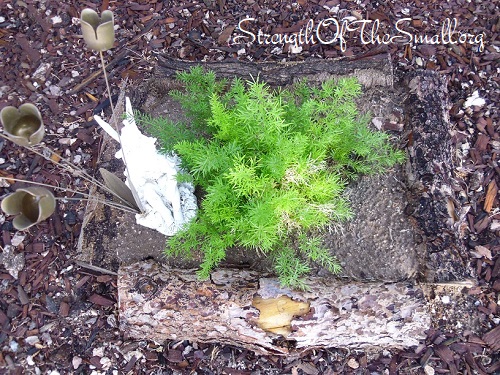
Our preferred garden edgings are the Plastic edging and Terrace Board Landscape edging.
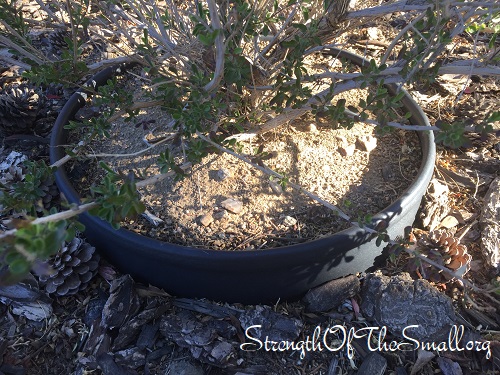
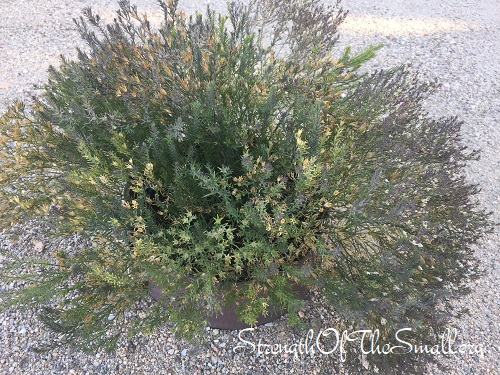
I have used pine cones as plant borders for a few years now and I have placed a lot around my plants and garden beds to deter squirrel from digging. So far, it has worked for me.
Happy Gardening and wishing you a good start into the week.
